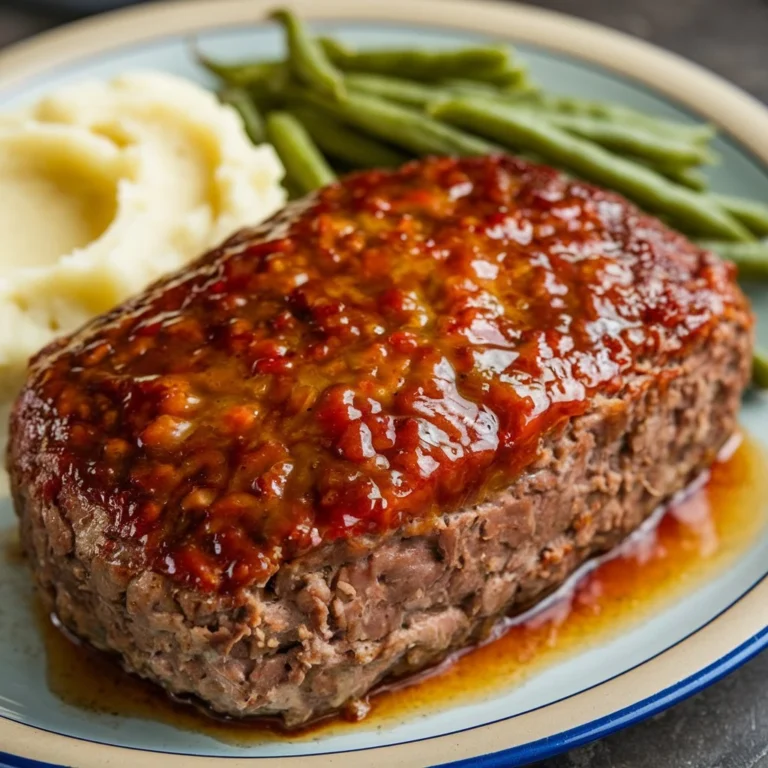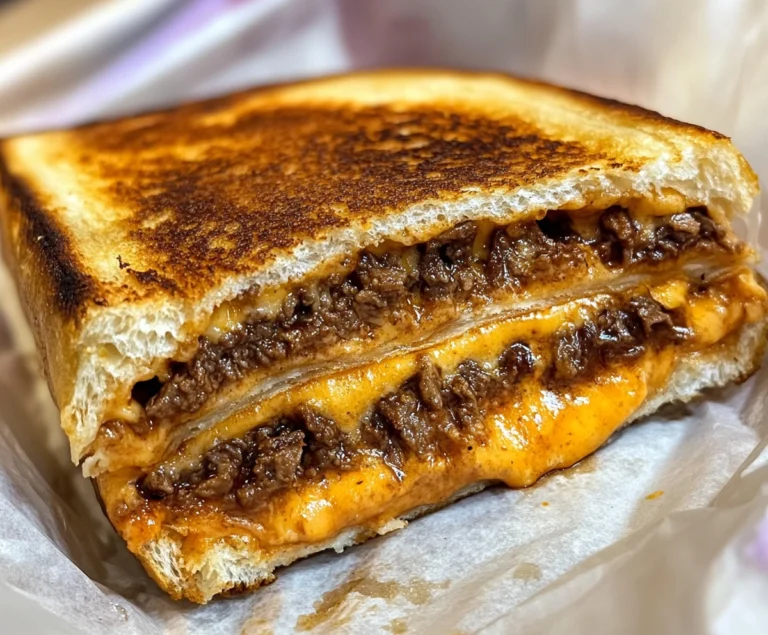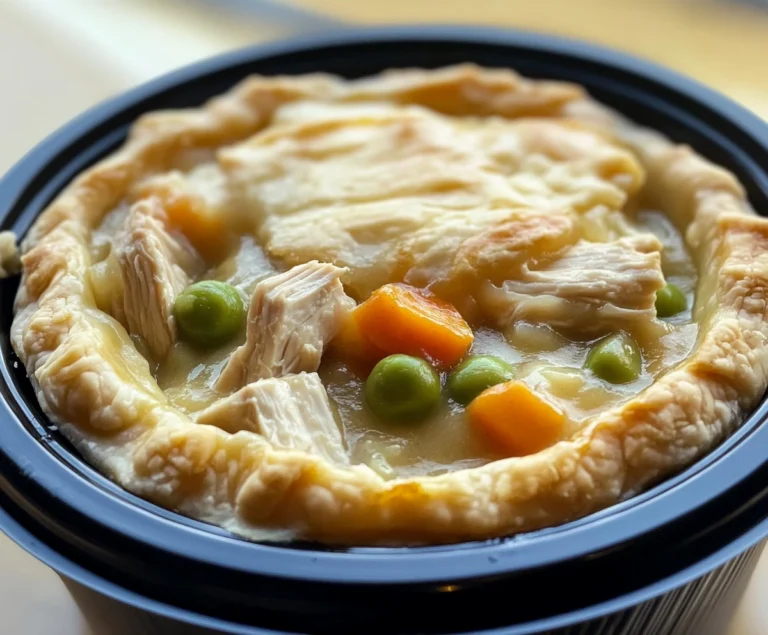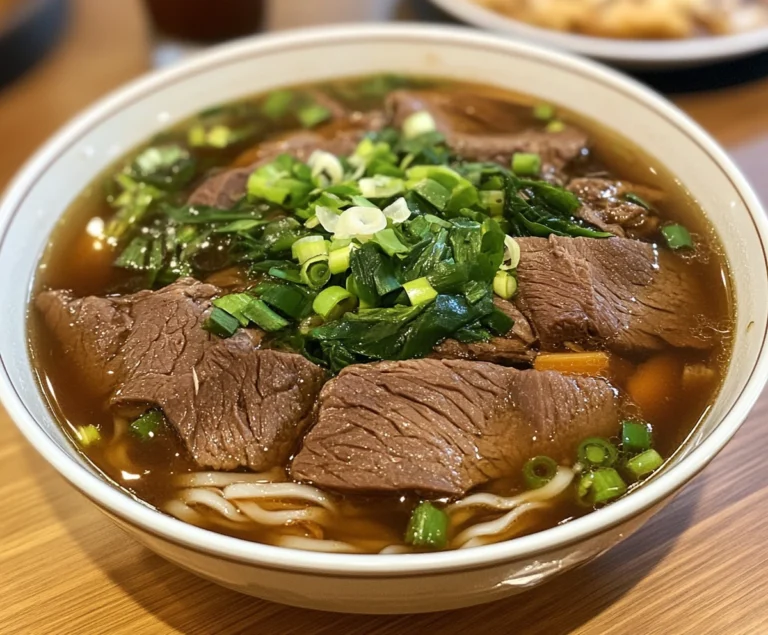The Ultimate Guide to Dragon Roll Sushi
Sushi is beloved around the globe for its delicate balance of flavors, textures, and artistry. Among the wide variety of sushi rolls, the Dragon Roll stands out for its visually striking presentation and rich combination of ingredients. In this extensive guide, we’ll explore the origins, ingredients, variations, step-by-step instructions, and nutritional benefits of this roll. Whether you’re a sushi aficionado or new to the art of sushi-making, this guide will help you become a Dragon Roll expert.
Table of Contents
- What is Dragon Roll Sushi?
- The History of Dragon Roll Sushi
- Key Ingredients in Dragon Roll Sushi
- Nutritional Value and Health Benefits
- How to Make Dragon Roll Sushi at Home
- Common Mistakes When Making Sushi Rolls
- Popular Variations of Dragon Roll Sushi
- Dragon Roll Sushi in Restaurants
- The Visual Appeal of Dragon Roll Sushi
- Pairing Dragon Roll Sushi with Sides and Drinks
- FAQs on Dragon Roll Sushi
- Conclusion and Final Thoughts
What is Dragon Roll Sushi?
The Dragon Roll is an inside-out sushi roll (also known as uramaki) where the rice forms the outer layer of the roll, with ingredients such as crispy shrimp tempura, cucumber, and avocado nestled inside a nori (seaweed) sheet. What sets the Dragon Roll apart is its striking visual presentation, with thin avocado slices arranged on top to resemble the scales of a dragon. The roll is typically finished with a drizzle of eel sauce, adding a sweet and savory element to the dish.
Why is it Called a Dragon Roll?
The name “Dragon Roll” comes from its unique presentation. The sliced avocado arranged along the top of the roll gives the appearance of a dragon’s scales, and sometimes the roll is even shaped in a serpentine curve to enhance the dragon-like appearance. The bold use of colors — vibrant greens from the avocado, deep browns from the eel sauce, and bright pops of orange from tobiko (fish roe) — further adds to its dragon-like allure.
The History of Dragon Roll Sushi
Sushi, originally a simple method for preserving fish, has evolved over centuries to become a beloved cuisine worldwide. The Dragon Roll, however, is a relatively modern invention, originating from the rise of fusion sushi in the West. As sushi became popular in the United States, chefs began creating innovative rolls that catered to American tastes, often featuring cooked seafood and rich, creamy ingredients like avocado.
The California Roll, a precursor to the Dragon Roll, was one of the first sushi rolls designed to appeal to the American palate, using crabmeat and avocado instead of raw fish. Building on this concept, sushi chefs began to create more elaborate and visually appealing rolls, giving rise to the Dragon Roll. The focus was not just on flavor but also on the roll’s aesthetic appeal, making it an instant hit in restaurants across the U.S. and beyond.
Key Ingredients in Dragon Roll Sushi
The Dragon Roll features a combination of traditional and modern ingredients, each contributing to the roll’s unique flavor and texture. Here’s a breakdown of the essential ingredients:
1. Shrimp Tempura
Shrimp tempura is a crispy, deep-fried shrimp coated in a light batter. It provides a crunchy texture and savory flavor that contrasts beautifully with the creamy avocado and soft sushi rice.
2. Avocado
Avocado is used both inside the roll and as a topping. Inside, it adds creaminess, and on top, its thin slices form the “scales” of the dragon, contributing to both texture and presentation.
3. Cucumber
Cucumber adds a refreshing crunch and balances out the richness of the shrimp and avocado.
4. Nori (Seaweed Sheet)
Nori is a thin sheet of dried seaweed used to wrap the ingredients together. It adds a slightly salty, oceanic flavor that ties all the ingredients together.
5. Sushi Rice
Sushi rice is short-grain, sticky rice seasoned with rice vinegar, sugar, and salt. The rice’s slightly sweet and tangy flavor complements the savory and rich flavors of the other ingredients.
6. Eel (Unagi)
While optional, many Dragon Rolls are topped with unagi (grilled freshwater eel), which adds a rich, slightly sweet flavor. It pairs perfectly with eel sauce.
7. Eel Sauce
Eel sauce (or tare) is a thick, sweet soy-based sauce commonly drizzled over the roll. Its umami-rich flavor enhances the taste of the eel and shrimp.
8. Tobiko (Fish Roe)
Tobiko is tiny, crunchy fish roe that adds a burst of texture and color to the roll. It’s often used as a garnish.
Additional Optional Ingredients:
- Crabmeat: Some variations include imitation or real crabmeat for added sweetness.
- Mango: Occasionally used for a tropical twist.
- Spicy Mayo: Adds a spicy kick to the roll.
Nutritional Value and Health Benefits
The Dragon Roll offers a well-balanced mix of nutrients, with seafood, vegetables, and rice all playing key roles. Here’s a closer look at the health benefits:
1. Shrimp Tempura
Shrimp is a low-calorie, high-protein seafood rich in omega-3 fatty acids, which are beneficial for heart health. However, because it’s fried, shrimp tempura can add some extra calories and fat, so moderation is key.
2. Avocado
Avocados are packed with healthy monounsaturated fats that can help reduce bad cholesterol and promote heart health. They’re also high in fiber, vitamins, and minerals.
3. Cucumber
Cucumbers are low in calories and provide hydration due to their high water content. They also contain vitamins and antioxidants.
4. Sushi Rice
Sushi rice provides carbohydrates for energy. Although white rice is more commonly used, some variations may include brown rice for a higher fiber content.
5. Eel (Unagi)
Unagi is a nutrient-rich seafood, providing protein, omega-3 fatty acids, and vitamins such as A and D.
6. Tobiko
Tobiko is a good source of protein and healthy fats. However, like all fish roe, it’s relatively high in cholesterol, so it’s best consumed in moderation.
Caloric Breakdown (Approximate for 8 Pieces):
- Calories: 350-400
- Protein: 15-20 grams
- Fat: 10-15 grams (depending on the use of avocado and eel)
- Carbohydrates: 50-60 grams
How to Make Dragon Roll Sushi at Home
Making Dragon Roll Sushi at home may seem intimidating, but with the right tools and a little practice, it’s easier than you might think. Here’s a detailed guide to help you create this roll in your kitchen.
Tools You’ll Need:
- Bamboo Sushi Mat: Used to roll the sushi tightly.
- Plastic Wrap: To prevent the rice from sticking to the bamboo mat.
- Sharp Knife: For cleanly slicing the sushi roll.
- Rice Cooker: Optional but helpful for perfectly cooked sushi rice.
Ingredients:
- 2 cups sushi rice
- 3-4 pieces shrimp tempura
- 1 avocado, thinly sliced
- 1/2 cucumber, julienned
- 1 sheet nori (seaweed)
- Tobiko (fish roe) for garnish
- Eel sauce for drizzling
- Optional: Unagi (eel) for topping
Step-by-Step Instructions:
1. Prepare the Sushi Rice
- Rinse the sushi rice thoroughly under cold water until the water runs clear. This removes excess starch and ensures the rice isn’t too sticky.
- Cook the rice in a rice cooker or on the stovetop. Once done, season it with a mixture of rice vinegar, sugar, and salt. Let it cool slightly before using.
2. Prepare the Shrimp Tempura
- You can either make your own shrimp tempura by coating shrimp in a light tempura batter and frying them until crispy, or you can use store-bought tempura shrimp.
3. Assemble the Roll
- Place a sheet of plastic wrap on a bamboo rolling mat. Then, place the nori sheet on top, shiny side down.
- Wet your hands to prevent the rice from sticking and spread a thin, even layer of rice over the nori.
- Carefully flip the nori sheet so the rice is facing down.
- Place the shrimp tempura and cucumber along the center of the nori.
4. Roll the Sushi
- Using the bamboo mat, carefully roll the nori sheet over the filling, applying even pressure to form a tight roll. Use the mat to shape and tighten the roll.
5. Add the Avocado Topping
- Thinly slice the avocado and arrange the slices across the top of the roll. Use the bamboo mat to press the avocado slices onto the roll, giving it a smooth, even appearance.
6. Garnish and Serve
- Drizzle eel sauce over the top of the roll and sprinkle with tobiko for added texture and color. If desired, top with slices of grilled eel (unagi).
- Use a sharp knife to slice the roll into bite-sized pieces, wiping the blade with a damp cloth between cuts to ensure clean slices.
Common Mistakes When Making Sushi Rolls
Even experienced home chefs can run into challenges when making sushi rolls. Here are some common mistakes to avoid:
1. Overfilling the Roll
It can be tempting to add too much filling, but this makes the roll difficult to close and can cause it to fall apart. Keep the fillings modest for a more balanced roll.
2. Using Too Much Rice
A thick layer of rice can overwhelm the other ingredients. Use a thin, even layer of rice to ensure the roll maintains its structure and that all ingredients shine.
3. Not Wetting Your Hands
Sushi rice is sticky, and if you don’t wet your hands before handling it, you’ll end up with rice stuck to your fingers instead of the nori. Keep a bowl of water nearby and dip your hands regularly.
4. Dull Knife
A sharp knife is essential for cutting sushi rolls cleanly. A dull knife will squish the roll and make it difficult to achieve clean slices.
5. Not Pressing the Roll Firmly Enough
If you don’t apply enough pressure when rolling, the sushi roll can fall apart when cutting or eating. Use the bamboo mat to press the roll firmly but gently.
Popular Variations of Dragon Roll Sushi
One of the great things about the Dragon Roll is its versatility. While the classic version is delicious, there are many variations you can try to suit your taste. Here are some popular alternatives:
1. Spicy Dragon Roll
- Add a dollop of spicy mayo (a blend of mayonnaise and sriracha) inside the roll or drizzle it on top for a spicy kick. You can also use spicy tuna or spicy crabmeat as a filling.
2. Mango Dragon Roll
- For a tropical twist, swap the avocado topping for thin slices of mango. The sweetness of the mango pairs beautifully with the savory shrimp tempura and eel sauce.
3. Rainbow Dragon Roll
- This variation features a variety of sashimi on top of the roll, including tuna, salmon, and yellowtail. The bright colors create a “rainbow” effect, making the roll even more visually appealing.
4. Vegan Dragon Roll
- For a plant-based option, replace the shrimp tempura with tempura vegetables (such as sweet potato or zucchini) and omit the eel. Use a soy-based sauce in place of eel sauce.
5. Crispy Dragon Roll
- Add a layer of crispy tempura flakes to the outside of the roll for extra texture and crunch. These flakes are often known as tenkasu and add a delightful bite to each piece.
6. Unagi Dragon Roll
- In this variation, grilled eel (unagi) is placed on top of the roll, along with avocado. The roll is then drizzled with sweet eel sauce for an extra-rich flavor.
Dragon Roll Sushi in Restaurants
Dragon Roll Sushi is a popular item in many sushi restaurants, especially in North America. The roll’s striking presentation and balance of flavors make it a go-to choice for both sushi beginners and enthusiasts alike.
Why is Dragon Roll Sushi a Restaurant Favorite?
- Visual Appeal: The avocado topping and eel sauce drizzle create a beautiful, dragon-like appearance that makes it a visually stunning dish.
- Flavor Profile: The combination of crispy shrimp, creamy avocado, and sweet eel sauce offers a satisfying balance of textures and flavors.
- Cooked Ingredients: Since the shrimp tempura and eel are cooked, it’s a great option for those who prefer not to eat raw fish.
How Restaurants Make it Special
In restaurants, Dragon Rolls are often presented with creative garnishes, such as additional tobiko, sesame seeds, or even edible flowers. Some restaurants also serve the roll with a side of pickled ginger and wasabi for added flavor.
The Visual Appeal of Dragon Roll Sushi
One of the key reasons for the popularity of Dragon Roll Sushi is its visual appeal. Sushi is often considered an art form, and the Dragon Roll exemplifies this perfectly. The roll’s bright green avocado topping, combined with the rich brown of the eel sauce and the vibrant orange of the tobiko, makes it a feast for the eyes as well as the palate.
Techniques to Enhance the Visual Appeal
- Avocado Slicing: Use a sharp knife to slice the avocado as thinly as possible. The thinner the slices, the easier it is to mold them into a smooth, dragon-like appearance.
- Drizzling Sauce: Instead of pouring the eel sauce over the roll, use a squeeze bottle or spoon to carefully drizzle it in a zigzag pattern for a more refined presentation.
- Garnishes: Adding tobiko, microgreens, or edible flowers can elevate the presentation and make the roll look restaurant-worthy.
Pairing Dragon Roll Sushi with Sides and Drinks
While the Dragon Roll is delicious on its own, it’s even better when paired with complementary sides and drinks.
Recommended Sides:
- Miso Soup: A light, savory miso soup balances the richness of the sushi.
- Edamame: Lightly salted edamame beans provide a healthy, protein-rich side dish.
- Gomae (Spinach with Sesame Dressing): This traditional Japanese side dish adds a nutty, savory flavor to your meal.
Drink Pairings:
- Sake: A light, dry sake pairs beautifully with the flavors of the Dragon Roll. If you prefer something sweeter, opt for a fruity sake.
- Green Tea: The refreshing, slightly bitter taste of green tea complements the richness of the sushi.
- Beer: A crisp, cold Japanese beer (such as Asahi or Sapporo) is a classic pairing with sushi.
FAQs on Dragon Roll Sushi
Here are some frequently asked questions about Dragon Roll Sushi:
1. Is Dragon Roll sushi cooked or raw?
- Dragon Roll sushi typically uses cooked ingredients like shrimp tempura and eel, making it a great option for those who prefer cooked sushi.
2. Can I make a Dragon Roll without eel?
- Yes, you can skip the eel or replace it with crabmeat or other toppings.
3. How many calories are in a Dragon Roll?
- A standard Dragon Roll contains approximately 350-400 calories, depending on the ingredients and how much sauce is used.
4. What sauces go well with Dragon Roll sushi?
- Eel sauce is the classic choice, but spicy mayo and ponzu are great alternatives.
5. What makes the roll a “dragon”?
- The avocado slices on top resemble dragon scales, giving the roll its signature name.
6. Can I freeze Dragon Roll Sushi?
- Sushi is best eaten fresh, and freezing it can compromise the texture of the rice and avocado. It’s not recommended to freeze sushi rolls.
Conclusion and Final Thoughts
The Dragon Roll is not just a sushi roll; it’s an experience. Its combination of crispy shrimp, creamy avocado, and savory eel sauce makes it a fan favorite. Whether you’re dining at a sushi restaurant or making it at home, this roll offers a delicious and visually stunning meal.
With the detailed step-by-step instructions, tips for variations, and insights into its history and preparation, you now have everything you need to enjoy Dragon Roll Sushi to its fullest. So grab your bamboo mat, slice up some avocado, and get ready to roll!







